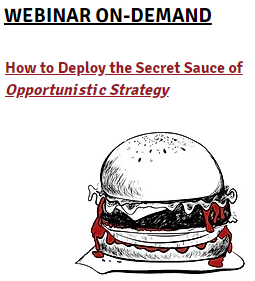Ride along with Mark as he discusses why physicians have a lab-grown diamond problem.
Category: Future of Healthcare
The common belief, and it may be quite true, is that change is the greatest cause of stress. But what if it can be used to your group’s advantage?
AI, like flying cars, offers an amazing future. But like flying cars, the question is when.
Physicians should be all for collaboration in terms of patient care, collaboration with other providers and collaboration with facilities.
The common belief, and it may be quite true, is that change is the greatest cause of stress. But what if it can be used to your group’s advantage?
Even label makers have memory devices, and those devices may be chock full of protected health information.
Modern office machines, from copiers to printers to maybe even label makers have memory devices, and those devices may be chock full of protected health information.
Dr. Bob, the group’s compliance officer, has HIPAA on his mind almost all the time, that is, when he’s not thinking about coding or Stark or the federal Anti-Kickback Statute. So he made sure that his notebook computer’s disk drive was encrypted. And, at the end of the computer’s useful life, he took care to […]
Properly done, medical group management is neither a collaborative nor a unanimous process. It is a leadership decision.
Properly done, medical group management is neither a collaborative nor a unanimous process. It is a leadership decision. The problem is that many groups have created an almost impermeable barrier to true leadership within their entity. They strive for a consensus, which by its very nature is just another way of saying “watered-down decision.” The […]








